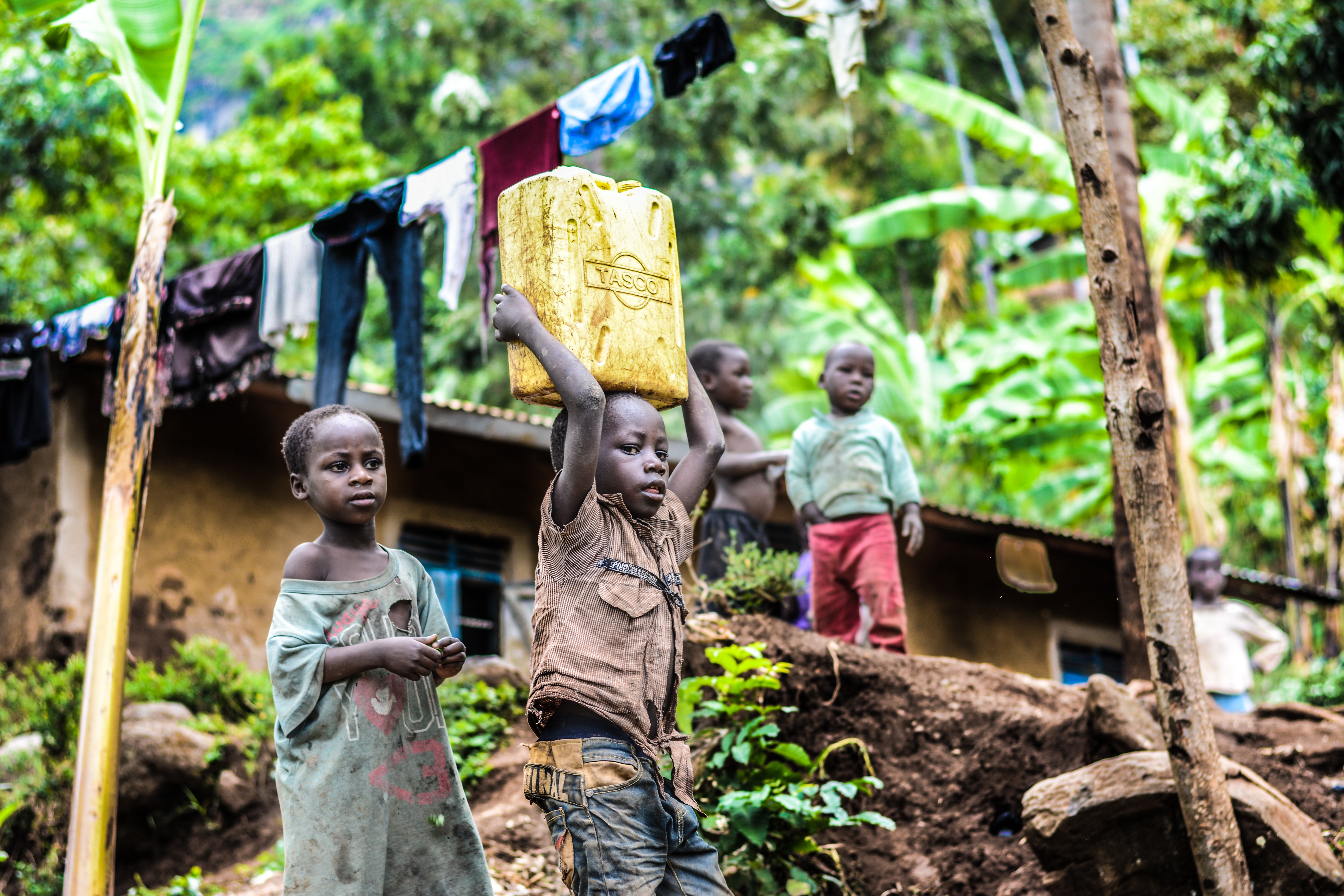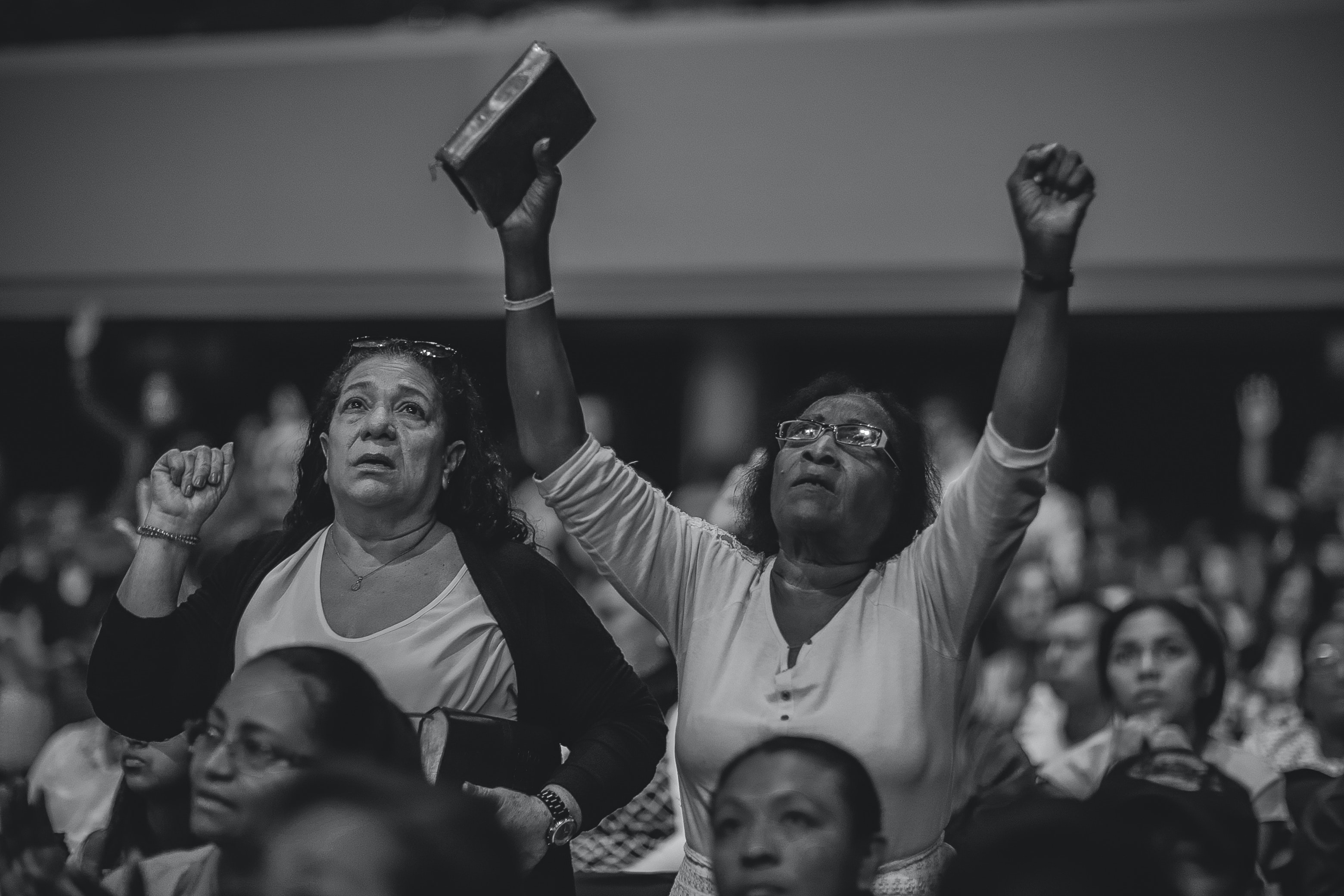Child Labour
"Child labour" refers to the exploitation of children through any form of work that deprives children of their childhood, interferes with their ability to attend regular school, and is mentally, physically, socially and morally harmful. Such exploitation is prohibited by legislation worldwide, although these laws do not consider all work by children as child labour; exceptions include work by child artists, family duties, supervised training, and some forms of child work practiced by Amish children, as well as by indigenous children in the Americas.
Child labour has existed to varying extents throughout history. During the 19th and early 20th centuries, many children aged 5 - 14 from poorer families worked in Western nations and their colonies alike. These children mainly worked in agriculture, home-based assembly operations, factories, mining, and services such as news boys - some worked night shifts lasting 12 hours. With the rise of household income, availability of schools and passage of child labour laws, the incidence rates of child labour fell.
In the world's poorest countries, around one in four children are engaged in child labour, the highest number of whom 29% live in sub-saharan Africa. In 2017, four African nations (Mali, Benin, Chad and Guinea-Bissau) witnessed over 50 percent of children aged 5- 14 working. Worldwide agriculture is the largest employer of child labour. The vast majority of child labour is found in rural settings and informal urban economies; children are predominantly employed by their parents, rather than factories. Poverty and lack of schools are considered the primary cause of child labour.
Child labour played an important role in the Industrial Revolution from its outset, often brought about by economic hardship. The children of the poor were expected to contribute to their family income. In 19th-century Great Britain, one-third of poor families were without a breadwinner, as a result of death or abandonment, obliging many children to work from a young age. In England and Scotland in 1788, two-thirds of the workers in 143 water-powered cotton mills were described as children. A high number of children also worked as prostitutes. The author Charles Dickens worked at the age of 12 in a blacking factory, with his family in debtor's prison. Child wages were often low, the wages were as little as 10 - 20% of an adult male's wage.[better source nee Karl Marx was an outspoken opponent of child labour, saying British industries "could but live by sucking blood, and children's blood too", and that U.S. capital was financed by the "capitalized blood of children". Letitia Elizabeth Landon castigated child labour in her 1835 poem The Factory, portions of which she pointedly included in her 18th Birthday Tribute to Princess Victoria in 1837. Throughout the second half of the 19th century, child labour began to decline in industrialised societies due to regulation and economic factors because of the Growth of trade unions. The regulation of child labour began from the earliest days of the Industrial Revolution. The first act to regulate child labour in Britain was passed in 1803.



